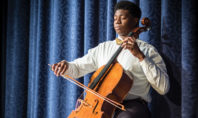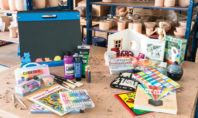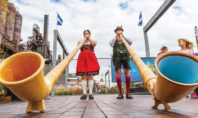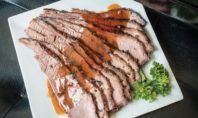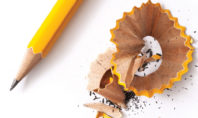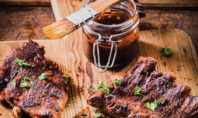Phoebe’s Cooking Show
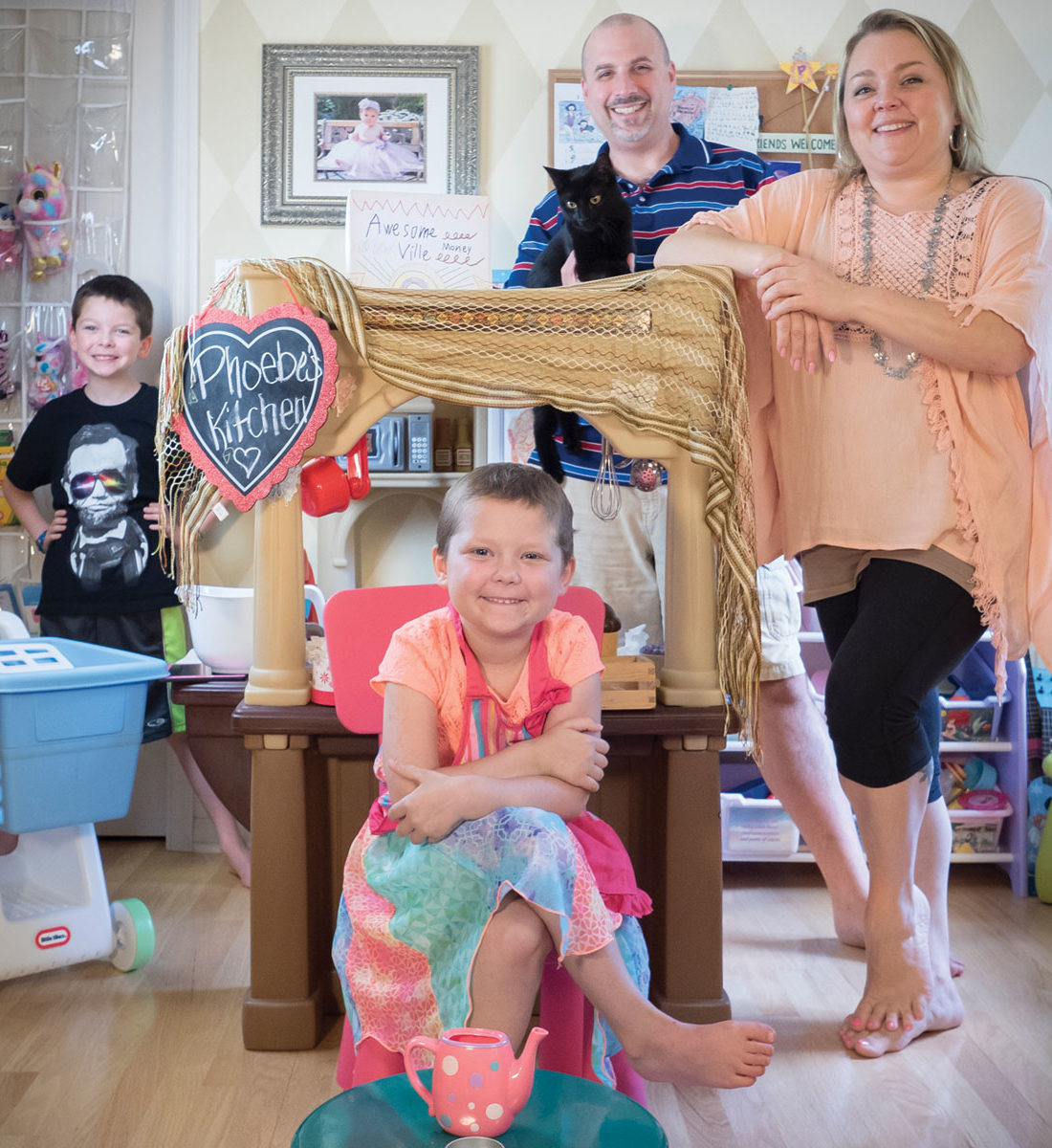
Every week, thousands of viewers tune into a show called Phoebe’s Cooking Show. Unconstrained by one cuisine or course, Phoebe whips up everything from guacamole to fruitcake, often in less than ten minutes. Her show is so popular that when she drops into the local diner or ice cream stand for a treat, waitresses and guests bombard her with future recipe requests. For most celebrity chefs, it comes with the territory, but Phoebe’s Cooking Show is a little different. The show’s network is Facebook, the studio kitchen is in a playroom, the food is plastic, and the host is six years old. The goal isn’t even to make people try her recipes – it’s to make them laugh. In doing so, she has unknowingly become a role model. “She is so amazing and such an inspiration,” one viewer writes. “You and your family are an inspiration,” says another. “Such an amazing spirit. She is so positive,” another comment reads.
Yes, Phoebe is special.
She’s also stylish, wearing a colorful empire-waist dress with a tangerine top when I meet her. Phoebe is sitting on the bottom of the steps inside her Danielsville home, preoccupied with a doll. Her strawberry blonde pixie cut has a few natural waves, courtesy of the humid afternoon. Phoebe’s favorite color is “rainbow”; her favorite food is ice cream cake. (Ice cream is also acceptable.) Like most six-year-old girls, she’s already developed an effortless sassy flair and a get-out-of-a-speeding-ticket smile. As she gets up to run into the kitchen, if you weren’t paying attention, you wouldn’t notice her slightly stilted gait. You wouldn’t guess that she was in a wheelchair until the end of January this year, wouldn’t know that it has taken daily physical therapy for her to be able to jump – a determined leap two inches off the ground that she proudly shows off. This is because unlike most six-year-old girls, Phoebe was diagnosed with acute lymphoblastic leukemia last year.
It was September. Sarah, Phoebe’s mother, had taken her out shopping for school supplies in preparation for kindergarten. They were just getting home, walking towards the house hand-in-hand, when Phoebe stumbled by the apple tree. “The way she screamed, you would have thought it was a compound fracture,” Sarah says.
Like most six-year-old girls, she’s already developed an effortless sassy flair and a get-out-of-a-speeding-ticket smile.
Phoebe stayed off of her left leg for the rest of the evening, insisting it hurt too much. “I thought she was just being dramatic,” Sarah admits. “She can be very dramatic sometimes.”
Worry set in later that night when Sarah and her husband, Ken, glanced at the baby monitor they have set up in Phoebe’s room. Phoebe had woken up, needing to use the bathroom, and she was making her way there. The thing is, she was crawling.
The next day was spent in the ER, where Sarah insisted on bloodwork for Phoebe, including a complete blood count. Sarah retold the story, went over Phoebe’s history, thought of relevant details. “And, by the way, she’s been bruising,” Sarah had said. Tiny blue spots were sprinkled across Phoebe’s torso, remnants of playing in the ocean a week prior. Sarah had lifted her up as the waves crashed.
“I don’t think it’s what you think it is,” the hospital technician had said, but Sarah insisted on the tests.
Sarah tells me about how the family huddled in the waiting room while the doctor performed a spinal tap and bone marrow aspiration on her baby. She’d had plenty of time to convince herself that maybe it was anemia, or perhaps toxoplasmosis. Instead, she was told the following words: B-cell acute lymphoblastic leukemia.
Recalling all of this, Sarah’s voice starts to waver. Phoebe, who has been nonchalantly playing a few feet away, glances up protectively. “Don’t cry, Mama,” Phoebe says.
“I know, I know,” Sarah says, trying to smile. “She hates it when I cry.”
Acute lymphoblastic leukemia, or ALL, is most common in childhood. More than 80 percent of children with ALL between ages 1 to 10 go on to make a full recovery. “I always say we’re on the good end of a crap stick,” Ken jokes.
Laughter – and maintaining a sense of normalcy – have been key for the family during the past year. Phoebe’s eight-year-old brother, Jack, is sitting and reading a book for school. An impressive collection of DVDs are on display next to the television in the living room, there is a pile of shoes by the door, and the walls are adorned in family photographs. “She used to have a lot of hair,” Sarah says, wistfully tapping an old picture of Phoebe hanging along the staircase. In the photo, Phoebe is lying on her back, her long strawberry mane flowing out of the frame.
“I think I’m pretty and I don’t need to get out the knots every morning,” Phoebe says of her hair loss in a video uploaded to her Facebook page in June. “But I do want to wear bows in my hair again.”
Phoebe began chemotherapy as soon as she received her diagnosis. She swallows pills every day, endures spinal taps every 29 days, and undergoes a week of steroids every month. Somehow, this doesn’t deter her from focusing on her kindergarten studies, riding ziplines, catching Pokemon, and even raising money for other children with cancer. Research and awareness for pediatric cancer are remarkably low – The National Cancer Institute, which is funded by taxpayers, allots a mere 4 percent of its annual budget to childhood cancer. Last May, the busy chef hosted her first jewelry party, raising $600 for the Pediatric Cancer Foundation and Angel 34.
Phoebe will remain on chemotherapy until December 20, 2017. She is currently on maintenance therapy, technically in remission. The odds are high that there will be many rainbow-colored hair bows in Phoebe’s future, and the only thing brighter than that news is her smile.
So, if you’re down and out, need to smile, or want to be inspired, Phoebe is your girl. A child who clearly will not let her illness define her, she loves to bring joy to the lives of others. To watch Phoebe’s Cooking Show, follow Phoebe’s journey and find ways to support pediatric cancer, visit facebook.com/friendsofphoebe.

